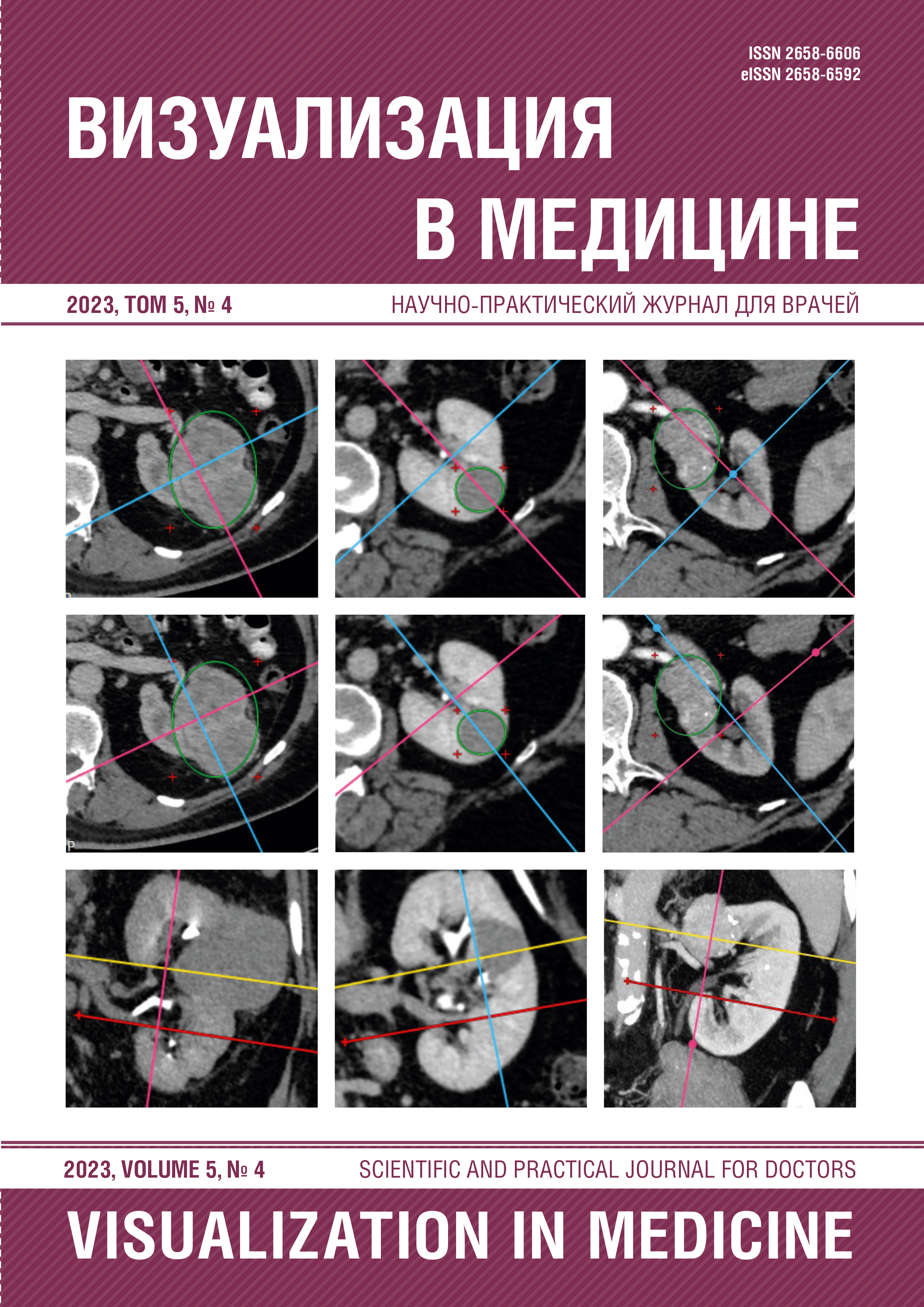THE PROCESS OF HIP JOINT FORMATION IN CASES OF ABNORMALITIES AND MALFORMATIONS OF THE OSTEOARTICULAR APPARATUS AND CONCOMITANT DISEASES IN CHILDREN
Abstract
The hip joint (TBS) is a type of spherical joint in which movement is possible in three mutually perpendicular planes. The prenatal development of this anatomical area can be observed already at the early stages of fetal development, therefore, exposure to harmful factors even at this stage can lead to problems in formation. It is known that the head of the femur remains composed of cartilaginous tissue for a long time and has a regular rounded shape. Other elements of TBS are already represented by bone tissue (this is the roof of the acetabulum, consisting of the iliac, sciatic and pubic bones, they are separated by U-shaped cartilage). A child is born with a fully developed hip joint, and the following features. There are growth zones in the area of U-shaped cartilage, and a rounded, cartilaginous femoral head. Further, we observe the process of postnatal development in an increase in the extent of existing bone elements and ossification of the cartilaginous model of the femoral head. The latter process usually begins in the center, although it may be slightly eccentric (this should alert the researcher), then progresses as the child grows and is quite symmetrical on the right and left. According to various authors, the average age of the appearance of ossification centers in the femoral heads is defined as 3-6 months, this process depends on the degree of full-term pregnancy of the child, it is influenced by a number of congenital anomalies of the osteoarticular apparatus and concomitant diseases and conditions, for example, some metabolic disorders. Ultrasound examination has been generally accepted for the last 10-15 years at any age of the child, from three months you can use the X-ray method.
References
Граф Р. Сонография тазобедренных суставов новорожденных. 5-е изд., перераб. и расширен. Томск: ТГУ; 2005.
Косинская И.С. Нарушение развития костно-суставного аппарата. Л.: Медицина; 1966.
Рейнберг С.А. Рентгенодиагностика заболеваний костей и суставов. Т.1. М.: Медицина; 1964: 323–6.
Садофьева В.И. Нормальная рентгеноанатомия костно-суставной системы детей. Л.: Медицина; 1990.
Сотникова Е.А. Оценка формирования анатомических структур тазобедренных суставов у детей по результатам рентгенологического и ультразвукового методов исследований. Автореф. дис. … канд. мед. наук. СПб.; 2004.
Forlino A., Cabral W.A., Barnes A.M., Marini J.C. New perspectives on osteogenesis imperfecta. Nature Reviews Endocrinology. 2011; 7(9): 540–57.
Meruzes A.H. Specific entitles affecting craniocervical region: osteogenests inperfects and related osteochondrodisplasias. 2008.
Terjesen T., Holen K., Tegnander A. Hip abnormalities detected by ultrasound in clinically normal newborn infants. J. Bone Joint Surg. 1996; 78: 636–40.



